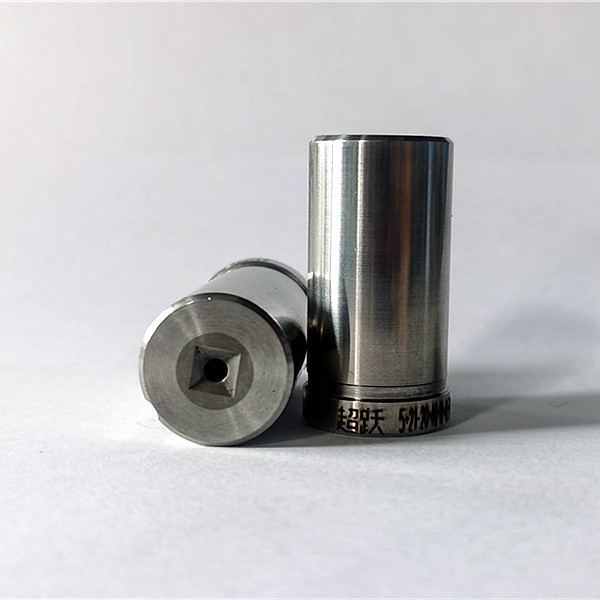Introduction (approx. 70 words):

Trimming hedges may seem like a simple enough task, but there are several common mistakes that can turn it into a disaster. Whether you're a seasoned gardener or a beginner, it's important to steer clear of these blunders in order to maintain the health and aesthetic appeal of your hedges. In this article, we will discuss the seven most critical mistakes to avoid when trimming your hedges, ensuring that you achieve the desired results and keep your hedges in pristine condition.
1. Neglecting Proper Timing (approx. 120 words):
Timing is everything when it comes to trimming hedges. Many people make the mistake of trimming their hedges at the wrong time of year, which can result in stunted growth and unhealthy plants. It is vital to understand the specific requirements of your hedge plant species. Some hedges thrive on spring trimming, while others require pruning in late summer or early fall. Research the particular needs of your hedge and ensure you trim it accordingly. Following the appropriate timing will encourage healthy growth and promote overall hedge vigor.
2. Overly Aggressive Trimming (approx. 120 words):
One of the most common mistakes is getting too carried away with trimming, resulting in over-aggressive pruning. Cutting back excessively can weaken the hedge's structure, make it susceptible to diseases, and adversely affect its natural form. Remember that hedges are meant to act as natural barriers, provide privacy, and enhance the aesthetic appeal of your garden. Aim to maintain the hedge's shape and size while avoiding excessive trimming that may damage its healthy growth.
3. Using Dull Tools (approx. 120 words):
Using blunt or dull tools can cause more harm than good when trimming hedges. Dull blades tear at the branches rather than making clean cuts, increasing the risk of injuring the plants and leaving them vulnerable to pests and diseases. Invest in a pair of sharp, well-maintained hedge clippers or electric trimmers to ensure clean cuts and minimize damage. Regularly sharpen your tools and keep them clean for optimum performance, making the trimming process smoother and less traumatic for your hedges.
4. Ignoring Safety Measures (approx. 120 words):
Attempting to trim hedges without considering safety measures can lead to accidents and injuries. Protecting yourself and others is key to a successful hedge trimming session. Wear appropriate protective gear, such as gloves, goggles, and sturdy footwear. Inspect the surrounding area for potential hazards, like loose branches or uneven ground, to avoid tripping or falling. Additionally, avoid overstretching or using unstable ladders while trimming tall hedges. Always prioritize safety and take necessary precautions to make the process accident-free.
5. Neglecting Symmetry and Shape (approx. 120 words):
Maintaining a neat and symmetrical appearance is essential for the aesthetic appeal of hedges. Neglecting the symmetry and shape of your hedges can result in an untidy, uneven look. Remember to step back frequently and evaluate the overall appearance while trimming to ensure consistency. Use stakes or a string for guidance and reference points to help achieve a uniform shape. By paying attention to their form throughout the trimming process, you can create a visually pleasing landscape that enhances the beauty of your garden.
6. Disregarding Hedge Health (approx. 120 words):
Trimming your hedges is not solely about aesthetics; it also plays a crucial role in maintaining their health. Neglecting this aspect can lead to stress, disease, and even death of the plants. Always inspect your hedges for signs of disease or infestation before trimming. Diseased branches should be removed with caution to prevent the spread of pathogens. Additionally, avoid trimming during extremely hot or dry conditions, as it may further stress the plants. Regularly fertilize and water your hedges appropriately to encourage robust growth, ensuring their overall health and longevity.
7. Failing to Clean Up Debris (approx. 120 words):
After a successful hedge trimming session, it is essential to clean up the debris. Leaving clippings scattered around not only creates an unsightly mess but also poses potential harm to your hedges. Accumulated dead leaves and branches can provide a breeding ground for pests and diseases. Make sure to rake up all the trimmings, twigs, and fallen leaves. Dispose of them properly by composting or bagging for green waste collection. A clean and well-maintained hedge not only enhances the beauty of your garden but also reduces the risk of pests and diseases.
Conclusion (approx. 60 words):
Trimming hedges is a task that requires careful attention to detail and adherence to proper techniques. By avoiding these seven common mistakes – neglecting proper timing, over-aggressive trimming, using dull tools, ignoring safety measures, neglecting symmetry and shape, disregarding hedge health, and failing to clean up debris – you can successfully maintain healthy, visually appealing hedges that will enhance your garden's overall aesthetics. Remember to prioritize the health and longevity of your hedges to enjoy their full beauty for years to come.









